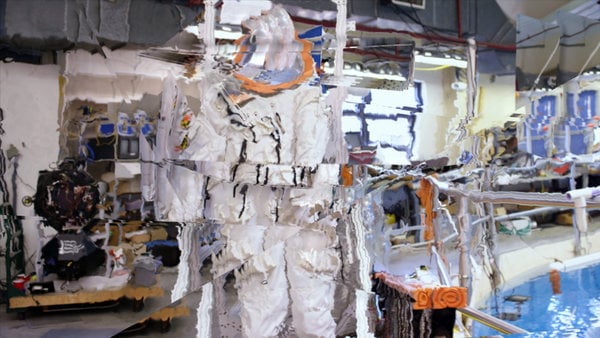Today at Artnet, Ben Davis asks an uncomfortable but increasingly unavoidable question: “Do You Have to Be Rich to Make It as an Artist?” To help answer this, Davis looks at the economic background of artists who had prominent New York museum shows in 2015. The results are mixed, with some artists hailing from wealthy backgrounds (e.g., Dash Snow, Rachel Rose) and others from middle- or working-class backgrounds (e.g., Wolfgang Tillmans and Oscar Murillo). In fact, Davis has trouble answering the question definitively because class is such a taboo subject in the art world. Here’s an excerpt:
Economics remains a blind spot at the heart of the discourse. It is such a blind spot, in fact, that I can’t even really know whether the assertion that “more and more cultural space is being occupied by extremely wealthy cultural producers” is correct. I have only the data of ad hoc counting exercises as a guide.
That British survey takes place in the context of cuts to public funding for culture, and is explicitly framed around the hypothesis that there has been a decline in social mobility in the arts. In the US, there are plenty of local stories, like the ending of free tuition at Cooper Union, that would suggest to me that the odds have gotten longer for those who aren’t born into privilege. (It may be worth noting here that the Rose family plays a bit part in that story: Rose’s grandmother, Sandra Priest Rose, sits on the school’s much-hated board, which made that fateful decision. Her father, Jonathan Rose, happens to have been the developer behind Cooper Union’s flashy, costly new building, which went significantly over budget and has been a financial stone around the school’s neck.)
The truth is, I just don’t know how much longer the odds have become.
We haven’t even turned on the lights, let alone begun to figure out how to get the house in order.
Image: Rachel Rose, still from Everything and More (2015), via Artnet. According to Ben Davis, Rose “hails from one of New York’s most powerful real estate fortunes.”

